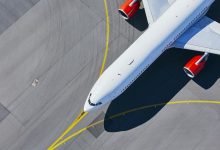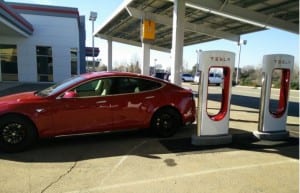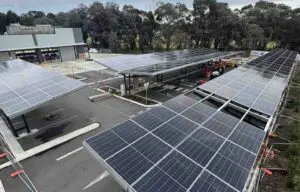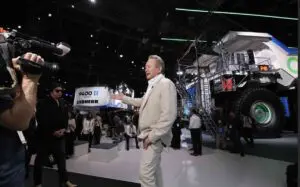More than 600,000 flights between Sydney and Melbourne could be powered by fuel made from agricultural waste in 2025 if Australian industry and governments make changes to support sustainable aviation fuel, a report has found.
With greater investments, the biofuel could also power 90 per cent of all domestic flights by 2050 and significantly cut aviation emissions.
The Sustainable Aviation Fuel Roadmap report, released by CSIRO and Boeing on Thursday, also found a biofuel industry could create jobs and export opportunities in Australia, though it warned the industry would need more investment and research to reach its potential.
The study comes one week before the Jet Zero Council is due to meet for the first time and after Qantas and Virgin announced plans to use more biofuel to meet environmental targets.
CSIRO senior manager and report author Max Temminghoff said Australia was uniquely placed to meet growing demand for sustainable aviation fuel (SAF) because of its strong agricultural industry.
Aviation biofuel can be created using waste from farming, such as sugarcane, sawmill residue, sorghum, used cooking oil, canola and cottonseed.
Mr Temminghoff said Australia had enough feedstock that, if refined locally, could create 60 per cent of jet fuel needed for domestic flights in 2025 and 90 per cent of the fuel needed in 2050.
“The road map estimates that Australia is currently sitting on enough resources to produce almost five billion litres of SAF by 2025,” he said.
“That’s enough fuel to power 640,000 Melbourne to Sydney return flights on a Boeing 737.”
The agricultural waste could be turned into biofuels using alcohol-to-jet technology, the report found, or the Fischer-Tropsch process being tested in Perth.
Boeing APAC regional sustainability lead Heidi Hauf said producing SAF locally would create regional jobs and export opportunities, and reduce Australia’s reliance on foreign providers.
Alternative technologies, she said, including “battery and fuel cell-powered planes” were still too limited in their range.
“SAF offers the largest potential for reduction aviation emissions in the near-term,” she said.
But the report identified challenges to creating a biofuel industry, including a lack of local refining facilities, competition from markets including Japan and Singapore, and limited public awareness.
The report called for new policies to support SAF creation and distribution, targets for its use, further research, and better feedstock collection and processing.
Mr Temminghoff said demand for jet fuel was expected to rise by 75 per cent in 2050, underlining the need for urgent action.
“The industry realises it’s on a bit of a burning platform,” he said.
“It needs to shift and this is going to allow us to be flying a big greener by 2050.”
Worldwide, the aviation industry has pledged to achieve net-zero emissions by 2050.
Qantas has committed to using 10 per cent biofuel to cut carbon emissions by 25 per cent in 2030 and Virgin Australia recently tested a flight using a 30 per cent sustainable fuel blend.
AAP










